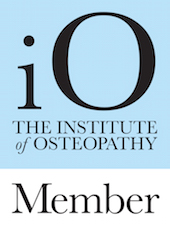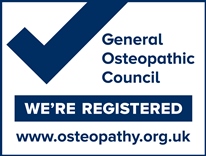The second year exams are but a few weeks away and we’re all getting into the tough revision that we’re got to endure, so it was good to see that no matter how poorly prepared I feel, there are others out there who know even less!
A team at King’s College London found public understanding of basic anatomy has not improved since a similar survey was conducted 40 years ago. Less than 50% of the more than 700 people surveyed could correctly place the heart, BMC Family Practice says.Under one-third could place the lungs in their correct location, but more than 85% got the intestines right.
There are concerns that a poor grasp of anatomy could potentially compromise patient care.


 December 18, 2009 | Posted by Rich
December 18, 2009 | Posted by Rich  Categories:
Categories:  Tags: |
Tags: | 


